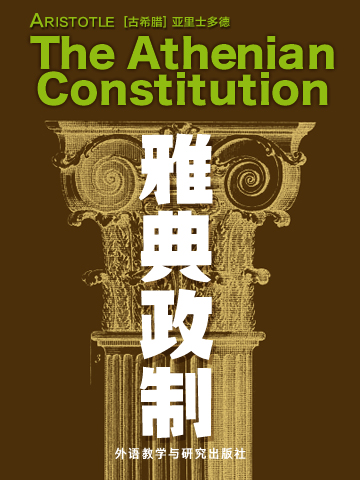亚里士多德带您回首雅典城的兴衰历程和风云往事。
亚里士多德的重要代表作之一,重要讲述雅典城邦政治制度发展历程,具有极重要的史料价值,为后世研究雅典乃至希腊城邦制度提供了坚实有力的史料。本书是唯一存世的希腊城邦制度研究著述。
The Athenian Constitution is the name of either of two texts from Classical antiquity, one probably by Aristotle or a student of his, the other attributed to Xenophon, but not by him. The Aristotelian text is contained in two leaves of a papyrus codex discovered at Oxyrhynchus, Egypt in 1879. It describes the political system of ancient Athens. The treatise was made between 330 and 322 BC.
- Part 1
- Part 2
- Part 3
- Part 4
- Part 5
- Part 6
- Part 7
- Part 8
- Part 9
- Part 10
- Part 11
- Part 12
- Part 13
- Part 14
- Part 15
- Part 16
- Part 17
- Part 18
- Part 19
- Part 20
- Part 21
- Part 22
- Part 23
- Part 24
- Part 25
- Part 26
- Part 27
- Part 28
- Part 29
- Part 30
- Part 31
- Part 32
- Part 33
- Part 34
- Part 35
- Part 36
- Part 37
- Part 38
- Part 39
- Part 40
- Part 41
- Part 42
- Part 43
- Part 44
- Part 45
- Part 46
- Part 47
- Part 48
- Part 49
- Part 50
- Part 51
- Part 52
- Part 53
- Part 54
- Part 55
- Part 56
- Part 57
- Part 58
- Part 59
- Part 60
- Part 61
- Part 62
- Part 63
- Part 64
- Part 65
- Part 66
- Part 67
- Part 68
- Part 69





















 京公网安备 11010802032529号
京公网安备 11010802032529号
笔记加载中...